Holey Artisan Café attack: 7 militants get death, one acquitted
Seven militants were sentenced to death for their involvement in 2016 Holey Artisan attack that left 22 people, including 17 foreigners, dead.
The seven death-row convicts -- Jahangir Hossain, Aslam Hossain Rash, Hadisur Rahman, Rakibul Hasan Regan, Md Abdus Sabur Khan, Shariful Islam Khaled and Mamunur Rashid Ripon – were also fined Tk 50,000 each.
While delivering the verdict, Judge Md Majibur Rahman of the Anti-Terrorism Special Tribunal of Dhaka ordered the convicts to be hanged till their death.
Another accused Mizanur Rahman alias Boro Mizan was acquitted from the case as allegations brought against him could not be proved.
The judge read out the judgement amid tight security in presence of the convicts, who were taken to the court around 10:15am.
After hearing the verdict, all the convicts became upset and started shouting at the judge.
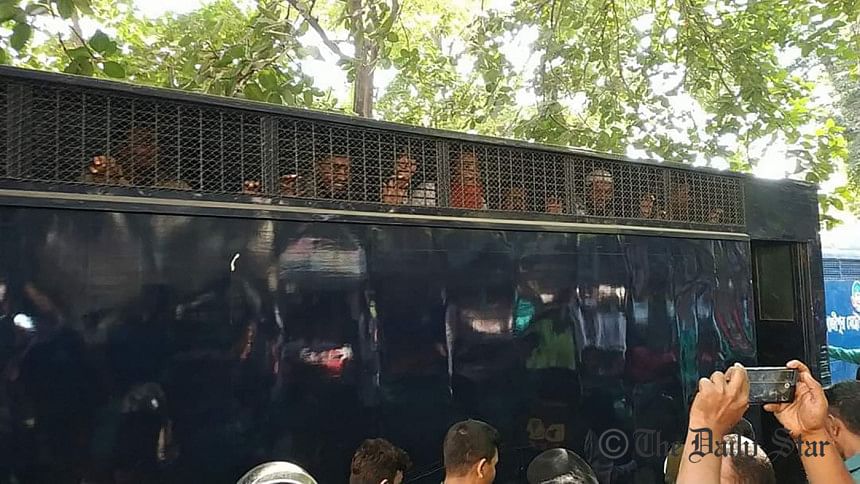
On July 1, 2016, armed militants stormed the Holey Artisan Bakery at the diplomatic zone in Dhaka’s Gulshan area. The grisly terror attack left 22 people dead. Two police officers were also killed during the 12-hour standoff that followed.
The five gunmen, who held the diners hostage and were killed inside the upscale bakery in a commando operation launched to end the siege, are Nibrash Islam, Mir Sabeh Mubashir and Rohan Ibne Imtiaz, Khairul Islam Payel and Shafiqul Islam Uzzal.
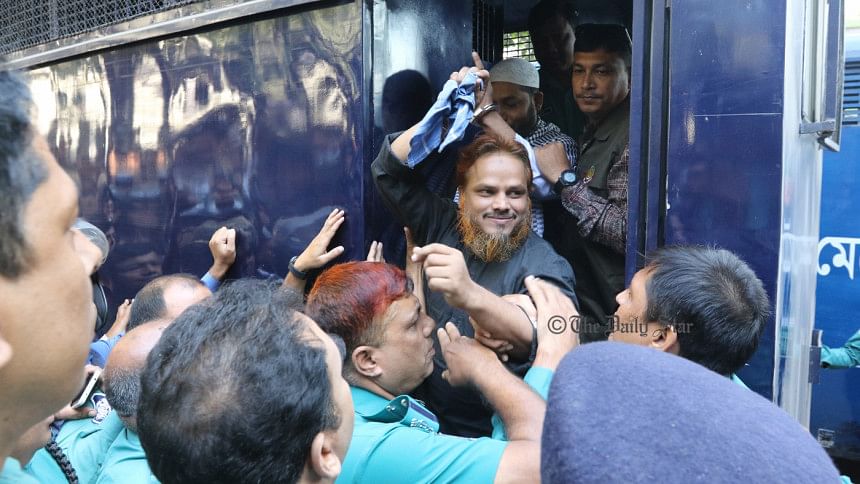
On July 4 that year, Sub-Inspector Ripon Kumar Das filed a case with Gulshan Police Station under the Anti-Terrorism Act accusing six named and some unknown people of creating “unrest” in Bangladesh and trying to turn it into a “terrorist state”.
During the trial proceedings, which ended in less than a year, several witnesses, including former North South University teacher Abul Hasnat Reza Karim, his wife, owner of the Holey Artisan restaurant, and top police officials narrated the horror that unfolded during the attack.
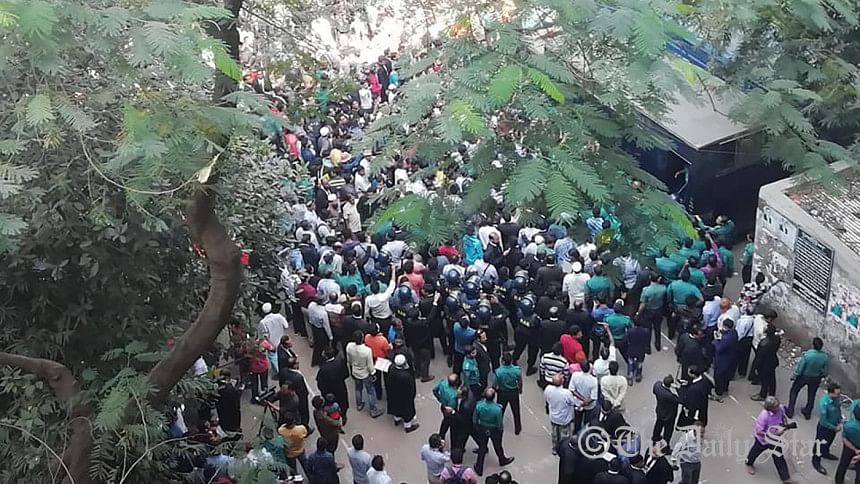
Hasnat was first shown arrested in the case, but was later relieved of the charges following a probe that found no evidence of his involvement.
Police investigation later found involvement of 21 militants in the attack. Five of them were killed in the standoff, eight in anti-militancy drives later.
On July 23 last year, Inspector Humayun Kabir of the Counter Terrorism and Transnational Crime unit of police pressed charges against eight of the 21 militants.
Eight of the accused killed later in different pre-emptive anti-militancy drives are Tamim Ahmed Chowdhury and Sarwar Jahan, top operatives of mainstream JMB and financiers; Nurul Islam Marzan, a Chittagong University student and café attack coordinator; Jahidul Islam, a retired major and trainer, Basharuzzaman Chocolate, a software engineer; Abu Raihan Tarik, a top operative, Tanvir Kaderi, a banker and financier; and Mizanur Rahman alias ChhotoMizan, grenade supplier.
According to the charge sheet, the suspects carried out the attack to destabilise the country. They also wanted to put the government under pressure, make investors and foreign consultants leave the country and destroy the economy.
The suspects thought if they could kill a large number of foreigners, they would be under local and international spotlight. At the same time, they would be able to draw the attention of global terrorist groups, said the charge sheet.
On November 26 last year, the tribunal framed charges against the eight accused and the trial began on December 3.
SECURITY BEEFED UP
Meanwhile, security measures have been beefed up in and around the court area in old Dhaka.
Hundreds of law enforcers, including Rapid Action Battalion and police, were seen inside the court boundary, said our reporters from the spot.
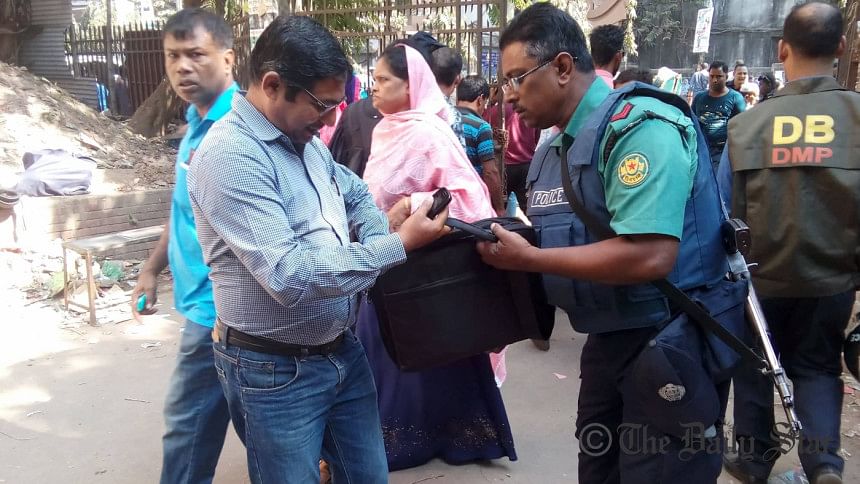
A law enforcer is seen checking the bag of a man at the entrance of the court premises in Old Dhaka ahead of Holey Artisan attack case verdict. Photo: Tuhin Shubhra Adhikary
At the entrances of the court, law enforcers were conducting body-check. They were also checking the belongings of those who are carrying any bags. Metal detectors were also being used for checking purpose.
Two metal detector archways were installed at the entrance of the court building and at the courtroom.
Besides, a metal detector is being used to check people entering the premises.

 For all latest news, follow The Daily Star's Google News channel.
For all latest news, follow The Daily Star's Google News channel. 


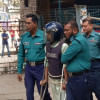
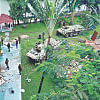
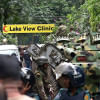
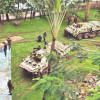


Comments